From the archives: Ukrainians master drone operation — NV exclusive
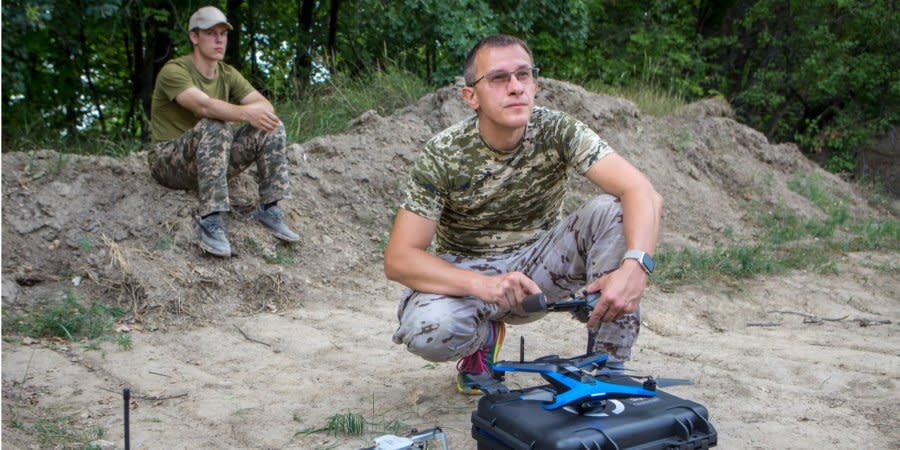
Ukraine is intensively rearming, receiving the most modern weapons from Western countries. Most conspicuously now, we see the results of the HIMARS multiple launch rocket systems, which allow Ukrainians to control strategically significant logistics and transport routes that are of critical importance to the Russian military.
Read also: HIMARS are true gamechangers, says Ukraine’s top spy
Before this system, the Ukrainians had another protagonist — the Turkish strike drone Bayraktar. The war in Ukraine illustrated the importance of UAVs. We hear a lot about the impact of drones, and videos of their work have gone viral on social media. However, right now, non-military drones are performing no less important work. It is these small drones that make it possible to adjust artillery fire, conduct safe reconnaissance, and some-times deliver pinpoint bomb strikes.
“[Civilian drones] have transformed the combat tactics,” says Oleksandr, head of the Kyiv-based Dronarium training center.
“What we had a few years ago and the amount of information that drones make it possible to collect and analyze now is a radical change.”
An hour before this conversation, Oleksandr conducted a theoretical class for three dozen soldiers of the Armed Forces of Ukraine, who were taking an intensive five-day course on drone operation. During these five days, people here receive a huge amount of information — the basic course includes aerial reconnaissance, fire adjustment, working with strike drones, and protection against electronic warfare.
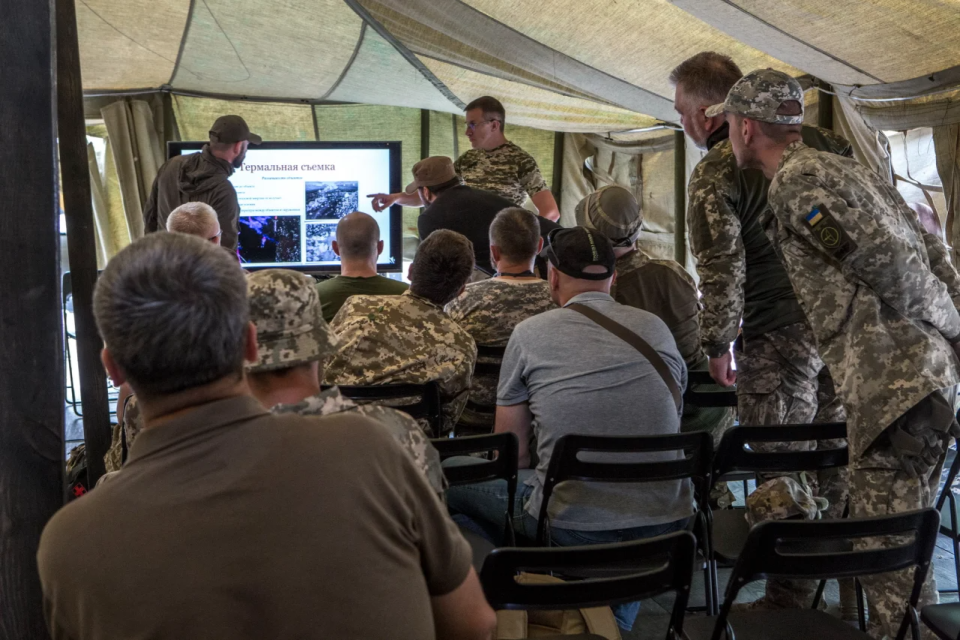
"I am pleasantly surprised," says one fighter, with the call sign Bohomol.
“From the point of view of the quality of the lessons, their approach, and the dedication of both teachers and cadets. Everyone who comes here feels responsible not only for themselves, but also for their units... I have never had such a desire to learn. We may be losing in the number of artillery, tanks, and people, but we will definitely not lose in terms of technology and dedication. People understand what they are fighting for — there are no people here who don't care.”
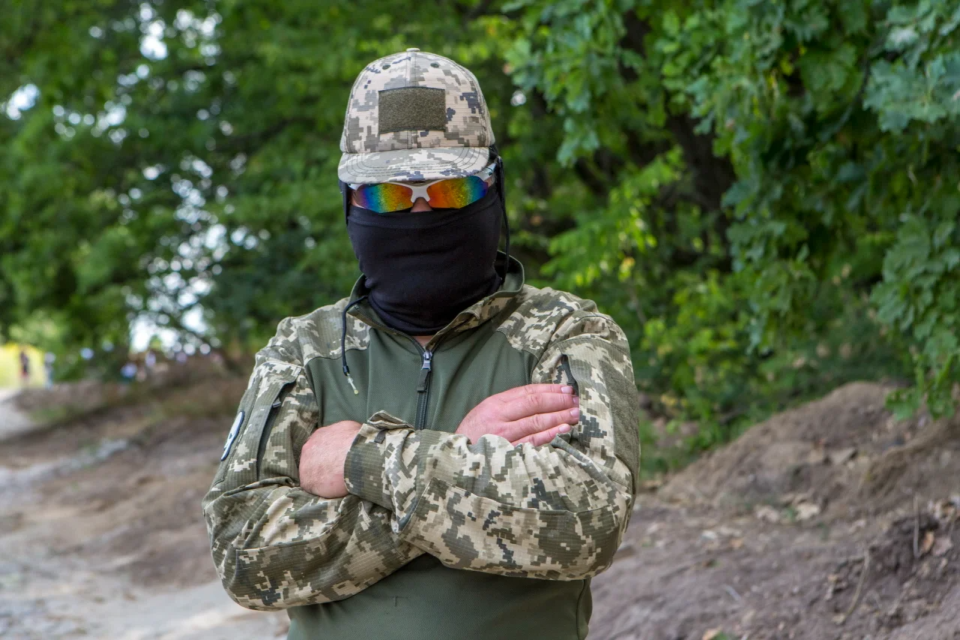
Currently, there are two such training centers at the Dronarium school — in Lviv and Kyiv. Soon Dnipro and Cherkasy will be added to the list.
About 600 soldiers have already passed through the Kyiv center, each of whom was already set for combat missions when they graduated from school, Oleksandr notes.
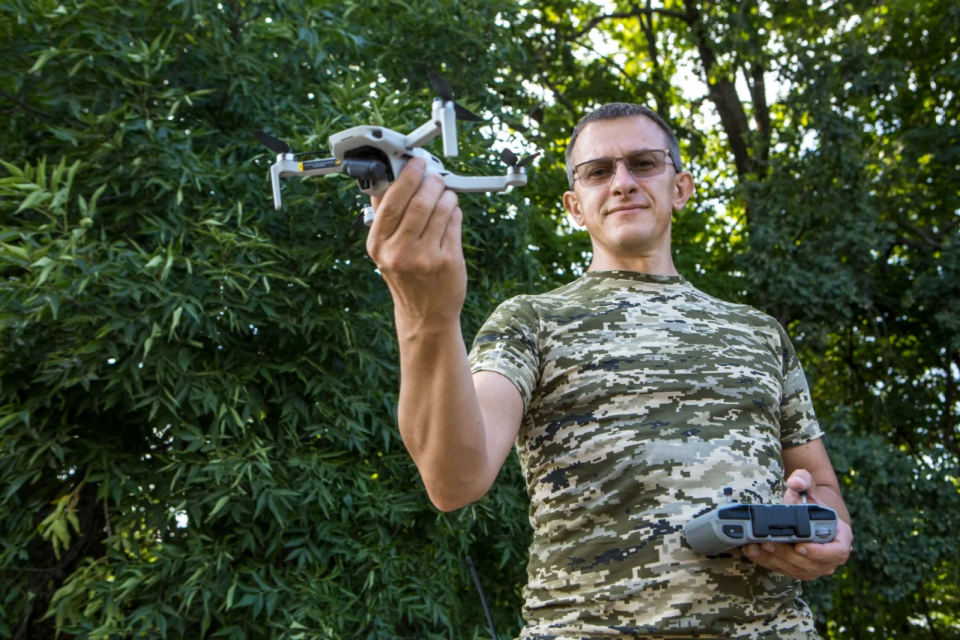
There is a constant shortage of operators, as the Armed Forces actively use civilian drones for various purposes. Hence the brief training course: at first, the military required to have operators trained within just two days. The instructors asked for 10. The compromise was a five-day intensive training course: the classes include theory and applying this knowledge in practice.
Read also: Putin is preparing for a new war
Soldiers who took the crash course say five days suffice to learn how to fly drones and learn to do the basics — adjust fire, conduct reconnaissance, counter EW — but they "would like more time to get more confident."
Currently, this is the situation in almost all spheres, and UAVs are no exception. For example, NATO's MDMP (Military Decision-Making Process) program is designed for one year. Ukrainian soldiers take it in a fortnight — because they have no other choice, explains Orest Bilous, director of the Boriviter military school. Since April, the school has trained about 850 drone operators.
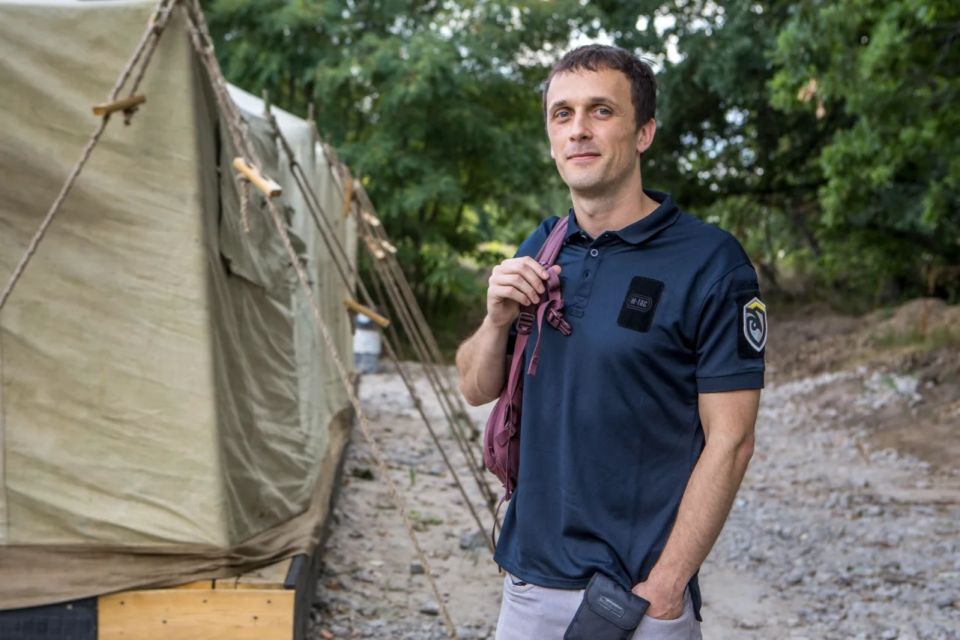
He explains that summer is prime time for drones, so accelerated operator training is critical. Aerial reconnaissance provides unique opportunities, because it is from the air that the Armed Forces of Ukraine often locate the ammunition depots and the command headquarters of the Russians.
Averse weather conditions will set in the fall — there will be more clouds and rain, and the temperature will begin to drop, which will reduce the effectiveness of UAVs and especially non-military drones, which are not designed to work in such conditions.
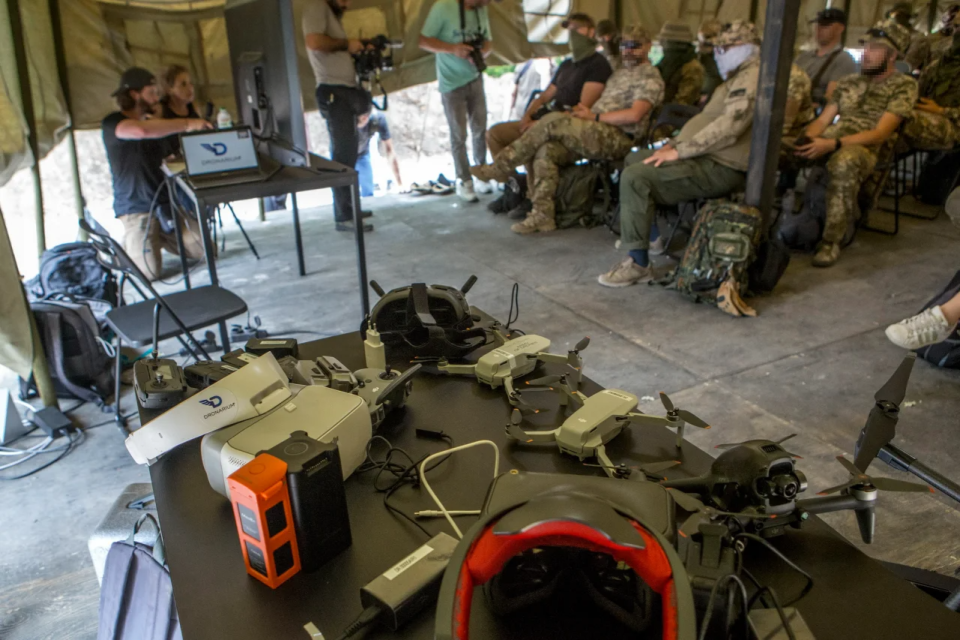
The course for drone operators is built according to the principle "from easy to hard", explains Oleksandr. Thanks to this specialty, even a soldier who has never operated a drone before can learn. Since they’re already on the ground, these soldiers better understands the needs of his unit and can adapt to them — some need only the reconnaissance function, others tend to drop bombs more on the personnel and equipment of the invading forces, and some will most often be engaged in adjusting fire.
According to Bohomol, there were representatives of different units and even different branches of the military with him on the course — tankmen, artillerymen, and sappers. He himself has never controlled a drone before, and he jokes that video games came in handy in real life — after all, gamepads for consoles are somewhat similar to the remote controller of a drone.
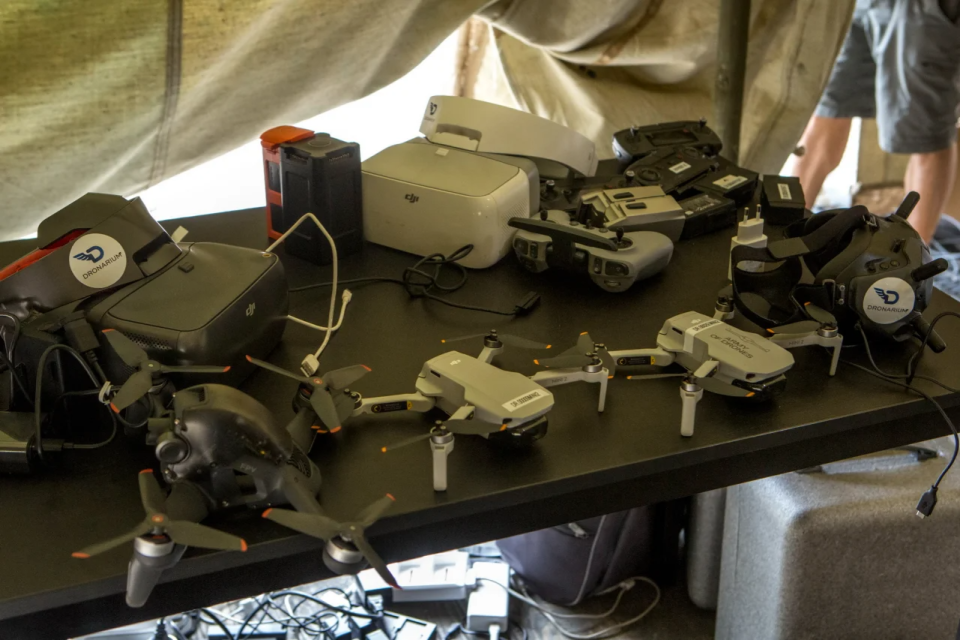
The spectrum of use of UAVs is incredibly wide. There are both large drones that can carry a combat charge, and small vehicles that take off for a few minutes to "look around". In addition, the Ukrainian army is increasingly using kamikaze drones to inflict damage on the enemy.
Currently, pilots and operators are in great demand, and such training centers help to address this need, since the Ukrainian army is extensively using drones on the front. The more experienced operators there are in the army, the fewer losses both among people and in equipment.
To help the army, the Ministry of Digital Transformation, together with the State Special Communications Service, the General Staff of the Armed Forces of Ukraine, and the United 24 initiative launched the "Army of Drones" platform. Its goal is to assemble as many different drones as possible. Anyone can donate, and supplement state-provided funding. Additionally, people can donate their UAVs to the effecting, directly helping to save the lives of Ukrainian soldiers.
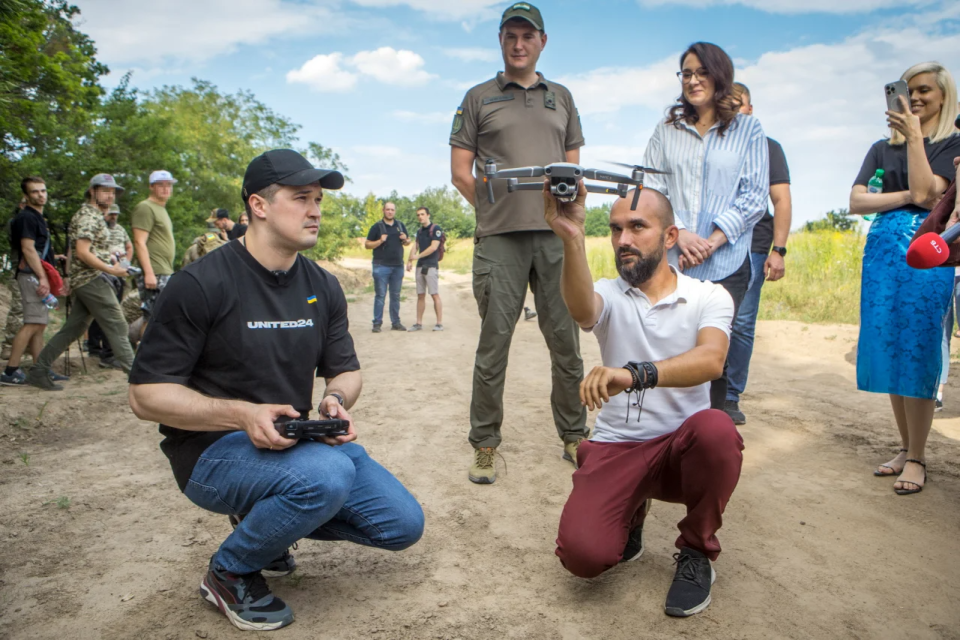
Read also: Poles raise money for 20 Warmate kamikaze drones for Ukraine
In the first month of the platform's existence, people from all over the world donated more than 630 million hryvnias ($17.1 million) for the purchase of UAVs. The Army of Drones has already concluded contracts worth 260.5 million hryvnias ($7.13 million) for the purchase of AI-driven DJI Ma-trice multicopters, Warmate ground systems for kamikaze attack drones, as well as the FlyEye, one of the best reconnaissance drones.
"If each unit has a drone and a team of at least two people who will control it — a navigator and an operator — our efficiency will be much higher," says Bohomol. At the beginning of the war, expensive Turkish drones already showed that not only planes and helicopters rule the air.
Now civilian drones are proving that they too can play an important role in defeating the enemy.
Read the original article on The New Voice of Ukraine

